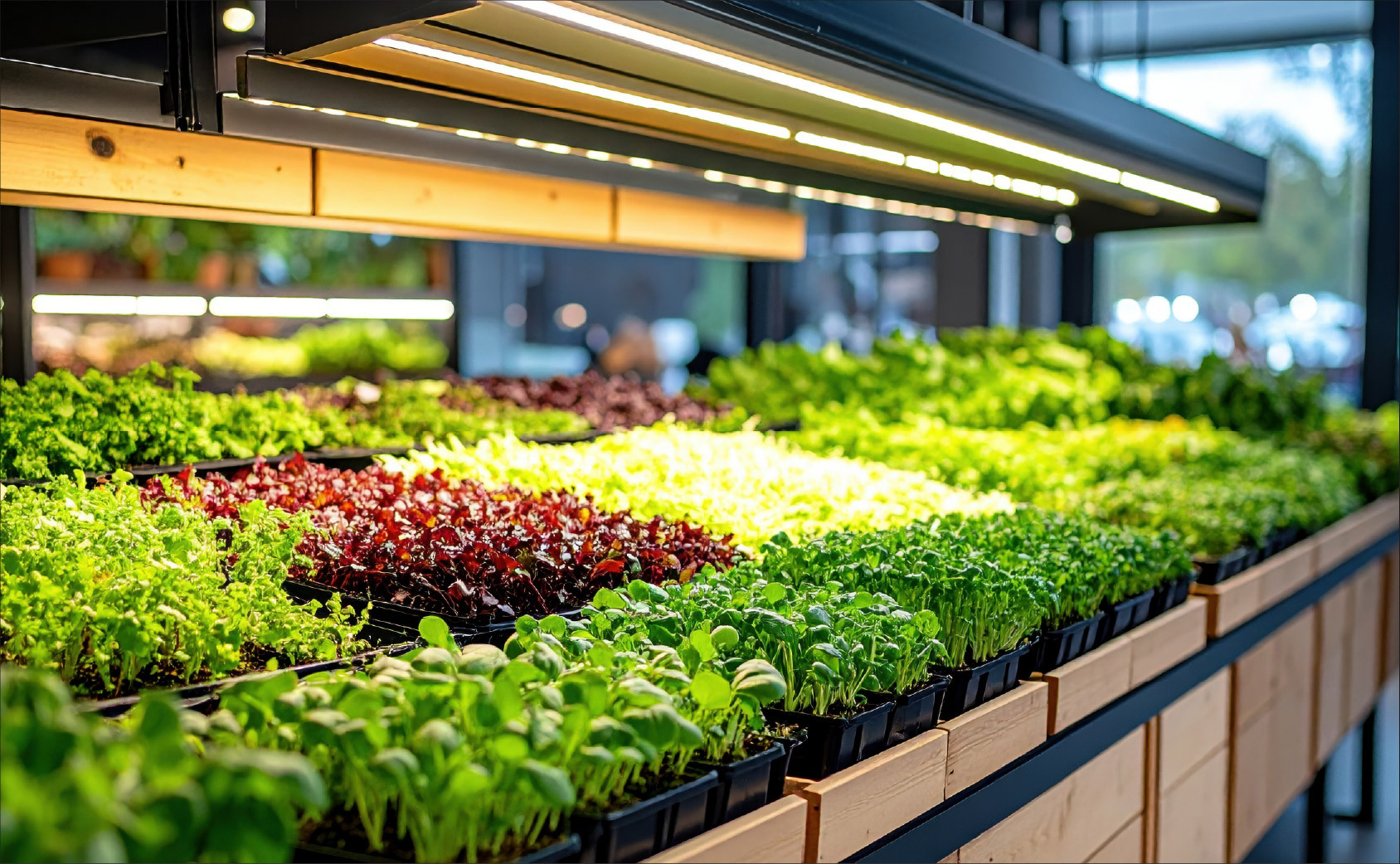California Leads the Way in Sustainable Horticulture Lighting with 28% Market Share

The California horticulture lighting market has transformed into one of the most technologically advanced and rapidly growing segments of the broader agricultural technology industry in the United States.
The state's robust agricultural foundation, progressive environmental policies, and early adoption of clean energy practices have positioned California as a national leader in controlled environment agriculture (CEA). This leadership is defined by several interrelated trends that reflect the synergy between technology, sustainability, and policy-driven innovation.
California horticulture lighting market was valued at USD 1,159 million in 2023 and is estimated to reach a value of USD 4,727 million by 2030 with a CAGR of 22% during the forecast period.
A significant trend driving this market is the increasing adoption of LED-based horticulture lighting systems in commercial greenhouses and vertical farms. Traditional lighting technologies, such as high-pressure sodium (HPS) and metal halide lamps, are being replaced by LEDs due to their higher efficiency, lower heat output, and capability to provide customized light spectrums for various crop growth stages. California's emphasis on energy conservation and carbon reduction has further motivated growers to transition to LED systems that consume up to 40-60% less power while improving crop yields by 20-25%. This shift supports the state's ambitious SB 100 Clean Energy Goal, which mandates 100% clean electricity by 2045, driving agricultural facilities to embrace sustainable lighting infrastructures.
The rise of indoor vertical farming is another defining trend within California's horticulture lighting sector. Urban areas such as Los Angeles, San Francisco, and San Diego are experiencing a boom in vertical farming initiatives that utilize multi-layered cultivation systems to maximize limited space. These setups rely on advanced lighting solutions, including spectrum-tunable LEDs that mimic natural sunlight. Startups and research institutions are collaborating to create lighting systems integrated with sensors and IoT controls that monitor real-time parameters like light intensity, humidity, and nutrient levels. The outcome is a new generation of smart farms capable of consistently producing pesticide-free crops year-round, addressing the challenges posed by California's growing population and frequent drought conditions.
Government incentives and rebate programs are also significantly influencing the state's horticulture lighting landscape. Programs such as the Self-Generation Incentive Program (SGIP) and the California Energy Commission’s EPIC initiative offer financial support for farmers and agritech startups that adopt energy-efficient technologies. These incentives help reduce capital expenditure barriers for smaller growers while promoting the replacement of outdated lighting systems with advanced alternatives. In particular, the SGIP has played a crucial role in accelerating the uptake of horticulture lighting systems integrated with renewable energy sources, such as solar microgrids, thereby lowering operational costs and emissions.
An emerging trend is the integration of artificial intelligence (AI) and automation in horticulture lighting management. AI-driven lighting systems are being deployed to analyze plant growth data and automatically adjust light spectra and intensity to optimize photosynthesis. Companies like Agnetix and California LightWorks have developed intelligent lighting platforms utilizing machine learning to enhance both crop performance and energy efficiency. This development is part of a broader digital transformation in agriculture where lighting systems evolve from static tools to dynamic components of an interconnected growing ecosystem.
Research collaborations between universities, agritech firms, and government agencies are further expanding the horticulture lighting market in California. Institutions such as the University of California, Davis are partnering with lighting manufacturers to investigate the effects of specific light wavelengths on crop quality and nutrient density. These efforts have led to the creation of lighting products tailored for specialty crops like leafy greens, cannabis, and strawberries—a vital sector for the state. The burgeoning cannabis cultivation industry, now legalized for recreational use, has emerged as a major driver, accounting for over 30% of horticultural lighting demand in California as growers seek high-yield, quality-oriented lighting solutions.
Another critical trend is the focus on sustainability and lifecycle cost reduction. Manufacturers are working on developing recyclable lighting materials and promoting modular designs to enhance system longevity. The increasing adoption of solar-integrated lighting systems and battery-backed microgrids helps reduce dependence on the traditional power grid, ensuring resilience against California’s frequent power outages. These sustainable practices align with state regulations while enhancing the economic viability of controlled environment agriculture.
Lastly, the transition toward data-centric cultivation signifies the next phase of market maturity. Advanced lighting systems are being integrated with cloud-based analytics platforms that collect and analyze data on plant growth patterns, energy consumption, and climate parameters, enabling growers to make informed decisions.